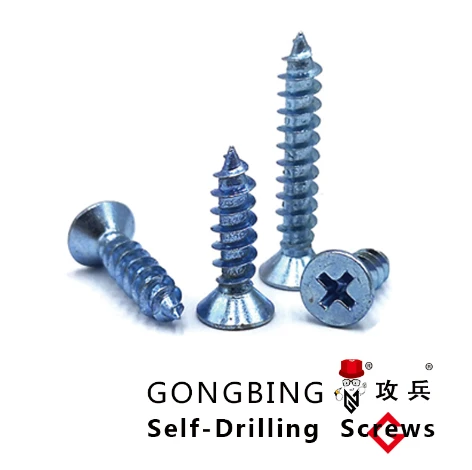Feb . 12, 2025 14:23
Back to list
Threaded Rods Bolts Double Head Bolts
Double threaded stud bolts, often an unassuming yet indispensable component in various industrial and mechanical applications, play a crucial role in maintaining the integrity and reliability of countless systems. Their design, featuring threads on both ends of the bolt, allows for secure fastening between different materials and components, supporting the sheer and tensile loads that complex engineering tasks demand. This article delves into the profound impact of double threaded stud bolts on modern engineering, highlighting their unique attributes, applications, and the meticulous craftsmanship involved in their production.
Double threaded stud bolts also offer a distinct advantage when it comes to maintenance and repair. Their design facilitates easy disassembly and reassembly of components, which is particularly beneficial in industries requiring regular maintenance cycles. This capability not only reduces downtime but also allows for the efficient replacement or repair of worn or damaged parts, extending the service life of mechanical systems. As industries continue to push the boundaries of technology and innovation, the role of double threaded stud bolts becomes ever more critical. The ongoing development of new materials and manufacturing technologies promises to enhance their performance characteristics even further. Emerging trends such as 3D printing and advanced material coatings have the potential to revolutionize bolt design, offering even greater resilience and adaptability to challenging environments. For instance, 3D printing can produce complex geometries that were previously unattainable through traditional manufacturing, allowing for custom engineering solutions tailored to specific applications. Moreover, the application of specialized coatings can significantly enhance the corrosion resistance and wear properties of these bolts, making them even more suitable for use in harsh conditions. Technologies such as Physical Vapor Deposition (PVD) or thermal spraying offer ways to coat bolt surfaces with materials that extend their functional lifespan and reliability. In summary, double threaded stud bolts represent a cornerstone of modern engineering. Their importance is underscored by their wide range of applications, from the skyscrapers that shape our cityscapes to the aircraft that connect our world. Their expert manufacturing processes, coupled with ongoing advancements in material science and engineering, ensure that they will continue to meet the demands of future technological innovations, providing reliable and trustworthy fastening solutions for industries around the globe.


Double threaded stud bolts also offer a distinct advantage when it comes to maintenance and repair. Their design facilitates easy disassembly and reassembly of components, which is particularly beneficial in industries requiring regular maintenance cycles. This capability not only reduces downtime but also allows for the efficient replacement or repair of worn or damaged parts, extending the service life of mechanical systems. As industries continue to push the boundaries of technology and innovation, the role of double threaded stud bolts becomes ever more critical. The ongoing development of new materials and manufacturing technologies promises to enhance their performance characteristics even further. Emerging trends such as 3D printing and advanced material coatings have the potential to revolutionize bolt design, offering even greater resilience and adaptability to challenging environments. For instance, 3D printing can produce complex geometries that were previously unattainable through traditional manufacturing, allowing for custom engineering solutions tailored to specific applications. Moreover, the application of specialized coatings can significantly enhance the corrosion resistance and wear properties of these bolts, making them even more suitable for use in harsh conditions. Technologies such as Physical Vapor Deposition (PVD) or thermal spraying offer ways to coat bolt surfaces with materials that extend their functional lifespan and reliability. In summary, double threaded stud bolts represent a cornerstone of modern engineering. Their importance is underscored by their wide range of applications, from the skyscrapers that shape our cityscapes to the aircraft that connect our world. Their expert manufacturing processes, coupled with ongoing advancements in material science and engineering, ensure that they will continue to meet the demands of future technological innovations, providing reliable and trustworthy fastening solutions for industries around the globe.
Latest news
-
Weatherproof Plastic Expansion Anchors for OutdoorNewsJun.06,2025
-
Sustainability in the Supply Chain: Eco-Friendly TEK Screws ProductionNewsJun.06,2025
-
Load-Bearing Capacity of External Insulation FixingsNewsJun.06,2025
-
Double Head Bolts: Enhancing Efficiency in Industrial MachineryNewsJun.06,2025
-
Corrosion Resistance in Chipboard Screws: Coatings for Wholesale DurabilityNewsJun.06,2025
-
Butterfly Toggle Bolts : Enhancing Structural ResilienceNewsJun.06,2025
